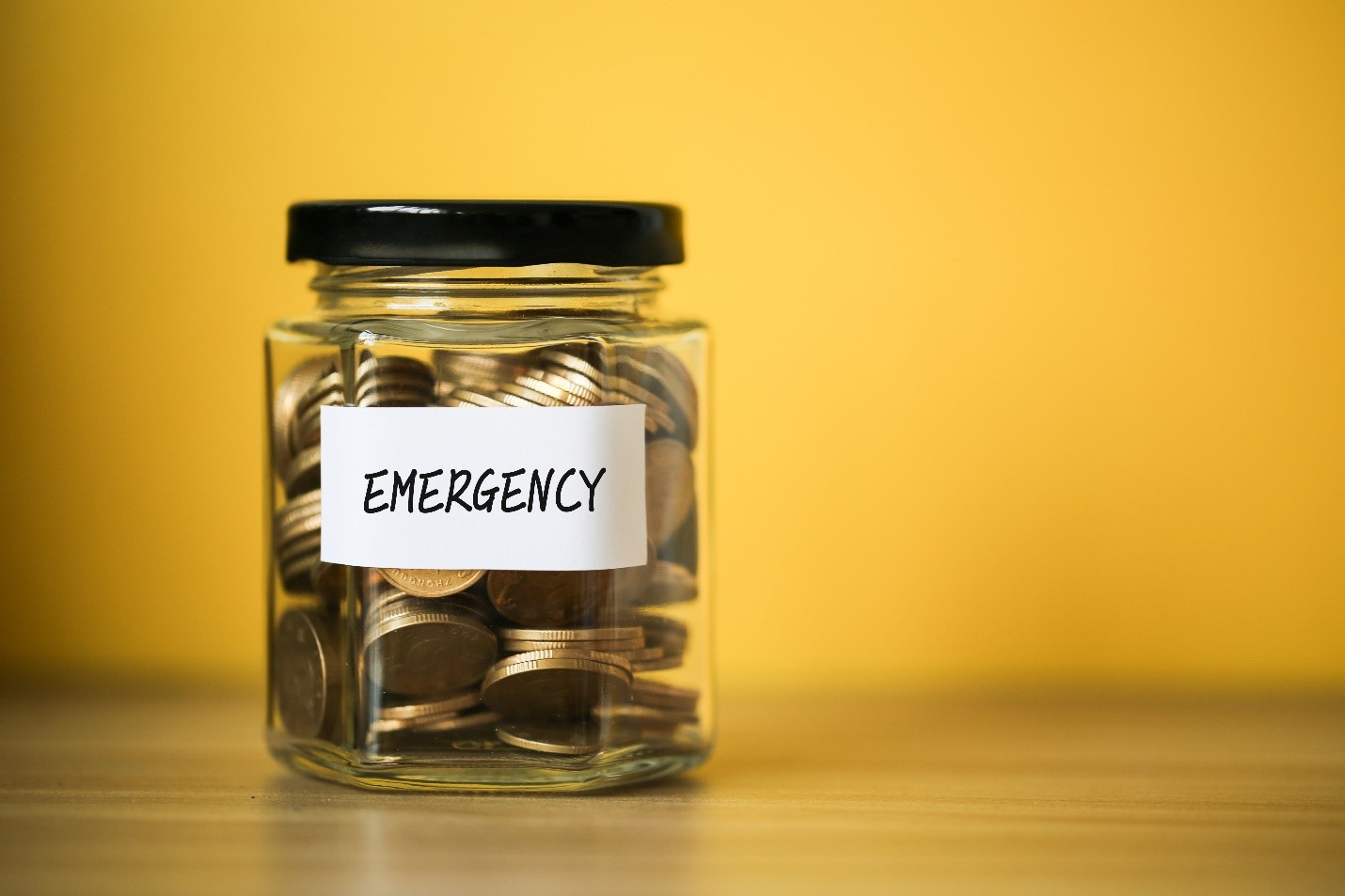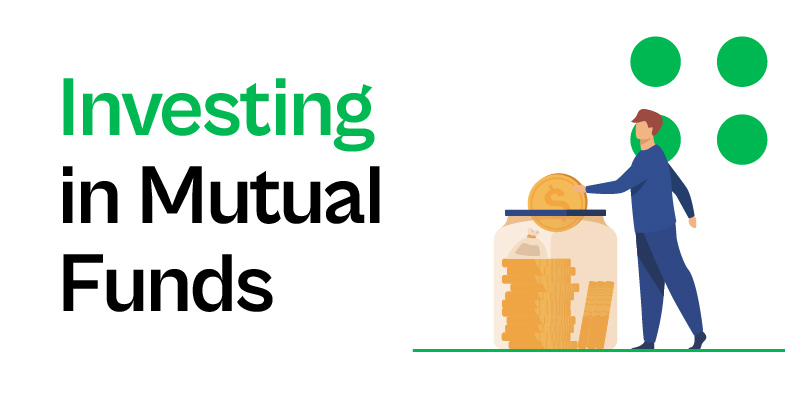-
Table of Contents
“The Importance of Emergency Funds: Building Financial Security for Life’s Unexpected Challenges.”
Introduction:
Emergency funds play a crucial role in financial planning and can provide a safety net during unexpected situations. Building an emergency fund is essential to ensure financial stability and peace of mind. This article will discuss the importance of emergency funds and provide practical tips on how to build one.
The Benefits of Having an Emergency Fund
The Benefits of Having an Emergency Fund
Life is full of unexpected twists and turns. One moment, everything may seem to be going smoothly, and the next, you find yourself facing a financial crisis. Whether it’s a sudden medical emergency, a car breakdown, or a job loss, having an emergency fund can provide you with a safety net during these challenging times. In this article, we will explore the importance of emergency funds and discuss how you can build one.
One of the primary benefits of having an emergency fund is the peace of mind it brings. Knowing that you have a financial cushion to fall back on can alleviate a significant amount of stress. Instead of worrying about how you will cover unexpected expenses, you can focus on finding solutions and getting back on your feet. This sense of security can have a positive impact on your mental and emotional well-being.
Another advantage of having an emergency fund is that it helps you avoid going into debt. When faced with an unexpected expense, many people turn to credit cards or loans to cover the costs. While this may provide a temporary solution, it often leads to long-term financial difficulties. By having an emergency fund, you can avoid accumulating debt and the associated interest payments. This allows you to maintain your financial stability and avoid falling into a cycle of debt.
Having an emergency fund also provides you with the flexibility to make important decisions. For example, if you lose your job, having a financial cushion can give you the freedom to take some time off to search for a new opportunity without the pressure of immediately accepting any job offer that comes your way. This flexibility can be invaluable in helping you make the best choices for your future.
Furthermore, an emergency fund can protect your long-term financial goals. Without a safety net, unexpected expenses can derail your plans for saving, investing, or paying off debt. By having an emergency fund, you can continue working towards your financial objectives without interruption. This ensures that you stay on track and avoid any setbacks that could hinder your progress.
Now that we understand the benefits of having an emergency fund, let’s discuss how you can build one. The first step is to determine how much you need to save. Financial experts recommend having at least three to six months’ worth of living expenses in your emergency fund. This amount should cover your essential needs, such as housing, food, utilities, and transportation.
To start building your emergency fund, it’s essential to make saving a priority. Set aside a portion of your income each month specifically for this purpose. Treat it as a non-negotiable expense, just like paying your bills. Consider automating your savings by setting up an automatic transfer from your checking account to your emergency fund. This way, you won’t be tempted to spend the money elsewhere.
In addition to saving, it’s crucial to avoid unnecessary expenses and find ways to cut back on your spending. Look for areas where you can make small sacrifices, such as eating out less frequently or canceling unused subscriptions. Redirecting these funds towards your emergency fund can help you reach your savings goal faster.
In conclusion, having an emergency fund is crucial for financial stability and peace of mind. It provides a safety net during unexpected crises, helps you avoid debt, and protects your long-term financial goals. By making saving a priority and being mindful of your spending, you can build an emergency fund that will provide you with the security and flexibility you need when life throws you a curveball.
Steps to Establishing an Emergency Fund
Building an emergency fund is a crucial step towards financial security. Life is unpredictable, and unexpected expenses can arise at any time. Whether it’s a medical emergency, a car repair, or a sudden job loss, having a safety net in the form of an emergency fund can provide peace of mind and help you navigate through tough times.
So, how do you go about building an emergency fund? Here are some steps to help you establish one:
1. Set a Goal: The first step is to determine how much you want to save in your emergency fund. Financial experts recommend having at least three to six months’ worth of living expenses saved up. This amount will vary depending on your individual circumstances, such as your income, monthly expenses, and job stability. Take some time to evaluate your situation and set a realistic goal.
2. Track Your Expenses: To build an emergency fund, you need to have a clear understanding of your income and expenses. Start by tracking your expenses for a few months to identify where your money is going. This will help you identify areas where you can cut back and save more. Consider using budgeting apps or spreadsheets to make this process easier.
3. Create a Budget: Once you have a clear picture of your expenses, it’s time to create a budget. Allocate a portion of your income towards your emergency fund. Treat it as a non-negotiable expense, just like your rent or utility bills. By making saving a priority, you’ll be more likely to reach your goal.
4. Automate Your Savings: One of the most effective ways to build an emergency fund is to automate your savings. Set up an automatic transfer from your checking account to a separate savings account dedicated solely to your emergency fund. This way, you won’t have to rely on willpower to save consistently. It will happen automatically, and you’ll be less tempted to spend the money elsewhere.
5. Cut Back on Expenses: Building an emergency fund requires making some sacrifices. Look for areas where you can cut back on expenses. This could mean reducing dining out, canceling unused subscriptions, or finding more affordable alternatives for certain products or services. Every dollar saved can contribute to your emergency fund.
6. Increase Your Income: If you find it challenging to save enough from your current income, consider finding ways to increase your earnings. This could involve taking on a side gig, freelancing, or asking for a raise at work. The extra income can be directed towards your emergency fund, helping you reach your goal faster.
7. Stay Committed: Building an emergency fund is a long-term commitment. It requires discipline and perseverance. There may be times when unexpected expenses arise, and you’re tempted to dip into your emergency fund. However, it’s important to resist the urge and find alternative solutions. Remember, the purpose of the fund is to provide a safety net during emergencies.
In conclusion, establishing an emergency fund is a vital step towards financial stability. By setting a goal, tracking your expenses, creating a budget, automating your savings, cutting back on expenses, increasing your income, and staying committed, you can build a solid emergency fund that will provide you with peace of mind and financial security. Start today, and take control of your financial future.
Strategies for Growing and Maintaining Your Emergency Fund
Strategies for Growing and Maintaining Your Emergency Fund
Now that we understand the importance of having an emergency fund, let’s explore some strategies for growing and maintaining one. Building an emergency fund requires discipline and commitment, but with the right approach, it can become a financial safety net that provides peace of mind.
First and foremost, it’s crucial to set a realistic savings goal. Start by assessing your monthly expenses and determining how many months’ worth of expenses you would like to have saved. Financial experts generally recommend saving three to six months’ worth of living expenses, but this can vary depending on your individual circumstances. Once you have a target in mind, break it down into smaller, achievable milestones.
One effective strategy for growing your emergency fund is to automate your savings. Set up an automatic transfer from your checking account to a separate savings account dedicated solely to your emergency fund. By doing this, you ensure that a portion of your income is consistently being saved without any effort on your part. Treat this transfer as a non-negotiable expense, just like paying your bills, and watch your emergency fund grow over time.
Another way to boost your emergency fund is to increase your income. Consider taking on a side gig or freelancing to earn extra money specifically for your emergency fund. This additional income can be a game-changer when it comes to building your financial safety net. Remember, every little bit counts, so even if it’s just a few dollars here and there, it adds up over time.
Cutting back on unnecessary expenses is another effective strategy for growing your emergency fund. Take a close look at your monthly budget and identify areas where you can trim down. This could mean reducing dining out, canceling unused subscriptions, or finding more affordable alternatives for certain expenses. By making small sacrifices in the present, you are investing in your future financial security.
Maintaining your emergency fund is just as important as growing it. Avoid the temptation to dip into your emergency fund for non-emergency expenses. It’s crucial to establish a clear distinction between your emergency fund and your regular savings. Consider keeping your emergency fund in a separate account or even at a different bank to minimize the temptation to use it for non-emergency purposes.
Regularly reassess your emergency fund to ensure it aligns with your current financial situation. As your income and expenses change, so should your savings goals. Revisit your emergency fund at least once a year and adjust your savings target accordingly. This will help you stay on track and ensure that your emergency fund remains adequate to cover unexpected expenses.
Lastly, remember that emergencies can happen at any time. Stay prepared by continuously adding to your emergency fund, even after you have reached your savings goal. Life is unpredictable, and having a well-funded emergency fund provides a safety net that can help you navigate through challenging times with greater ease.
In conclusion, building and maintaining an emergency fund is a crucial aspect of financial planning. By setting realistic savings goals, automating your savings, increasing your income, cutting back on unnecessary expenses, and regularly reassessing your fund, you can grow and maintain a financial safety net that provides peace of mind. Remember, emergencies can happen to anyone, so start building your emergency fund today and take control of your financial future.In conclusion, emergency funds are crucial for financial stability and peace of mind. They provide a safety net during unexpected events or emergencies, such as job loss, medical expenses, or car repairs. Building an emergency fund requires discipline and commitment. Start by setting a realistic savings goal and consistently contribute to it. Cut unnecessary expenses, create a budget, and consider additional sources of income. It is recommended to aim for at least three to six months’ worth of living expenses in your emergency fund. Remember, having a well-funded emergency fund can provide a sense of security and help navigate through challenging times.




